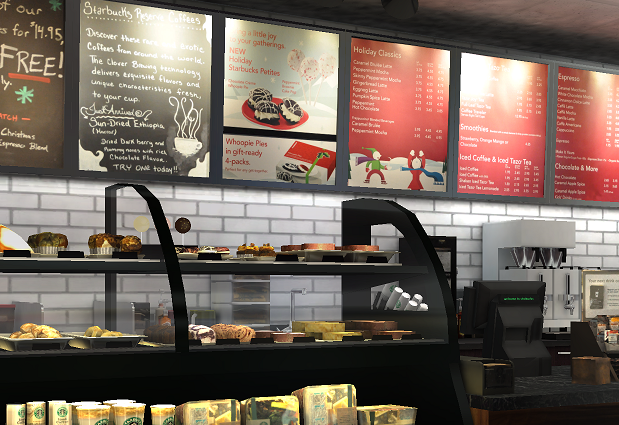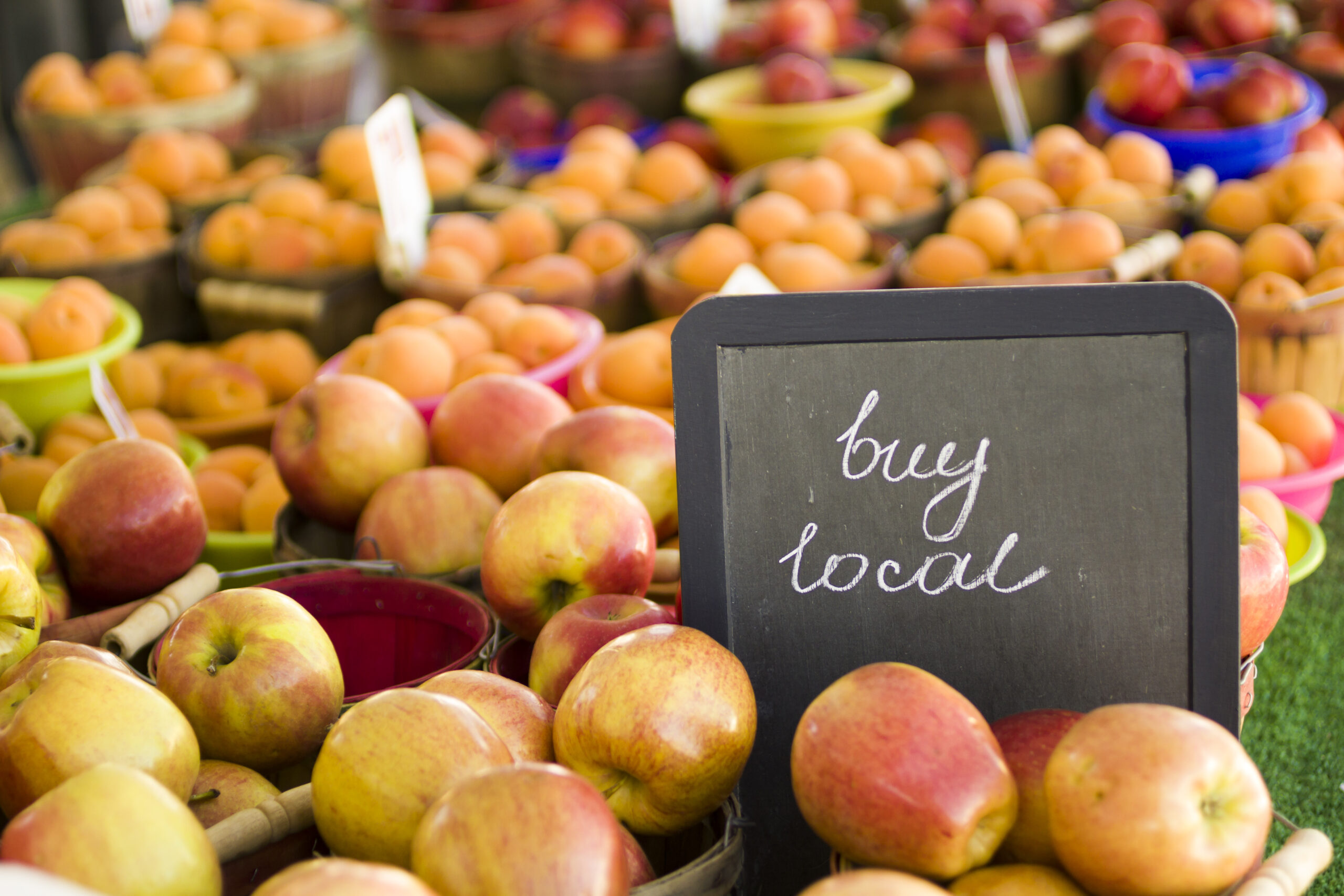According to the Bureau of Labor Statistics (BLS) 2020 unemployment data, over 20 million jobs were lost in the U.S. as of April 2020, with the unemployment rate spiking to 14.7 percent. On top of that, we saw inflation in the grocery sector. The Labor Department reported that grocery prices jumped 2.6% in April 2020, the largest one-month pop since February 1974.
This, of course, was due to the impact of the global pandemic on both the supply chain and household spending. Today, the average US consumer is spending less on groceries—meaning they are looking to stretch their dollars further than before. But what does it mean for retailers and brand manufacturers? Say hello to the next “big brand” – private label.
The growth of private label is not new to the coronavirus crisis. In the middle of the 2008 recession, the biggest beneficiaries were private label brands and discount retailers – from Dollar General and Family Dollar to Aldi and Trader Joes. More recently, CB Insights reported in 2018 that owned brands were projected to capture 25% of dollars in the next decade.
Owned brand sales are increasing yet again, as consumers stocked up on groceries and daily essentials in the early days of the crisis. Private-label products for all retail outlets saw a nearly 15% year-over-year gain in the first quarter of 2020 according to Nielsen. At InContext, we saw similar trends across categories in consumer virtual shopping exercises.
For brands and retailers, it’s important to start rethinking how to tackle both assortment and shelf layout in a world where private brands are expected to continue growing even past the pandemic itself.
Collaboration and retailer buy-in
As private label products rise, collaboration is key. Retailers need to be mindful of the balance between their owned labels, and the national brands they stock and promote. And category leaders need to learn how they can recommend the best category or planogram arrangements without hurting the retailer’s private label brands in the process.
For example, one manufacturer we worked with planned to present a new category arrangement recommendation at a regional grocery retailer that would change from vertical brand blocking to horizontal blocking. But the buyer worried the private label products wouldn’t be seen by shoppers in the new arrangement and have a negative impact on overall category sales.
By leveraging virtual they were able to test various concepts online, to create a winning planogram arrangement that not only contributed to the manufacturers’ brand share increase, and but made sure private label product placement still captured shopper attention.
We don’t anticipate private label slowing anytime soon—in fact, we see it growing in the foreseeable future as consumers’ spending habits continue to be impacted by economic uncertainty. We are here to help talk to you about ways to use virtual technology to position your brand for success at the shelf.





